Homemade mayonnaise recipe (Pasteurized and non Pasteurized) is ready in minutes with ingredients you have in your pantry! Blend everything in a glass jar using an emersion blender and you have a homemade mayonnaise that is mess-free and so delicious! store-bought mayonnaise doesn’t even compare to homemade mayonnaise!

Want to make homemade mayonnaise but scared of using raw eggs? I will walk you through a simple step-by-step tutorial on pasteurizing your eggs. Or maybe you would like to make mayonnaise the classic way with farm-fresh eggs. I will show you both ways! Both ways are equally delicious and creamy!
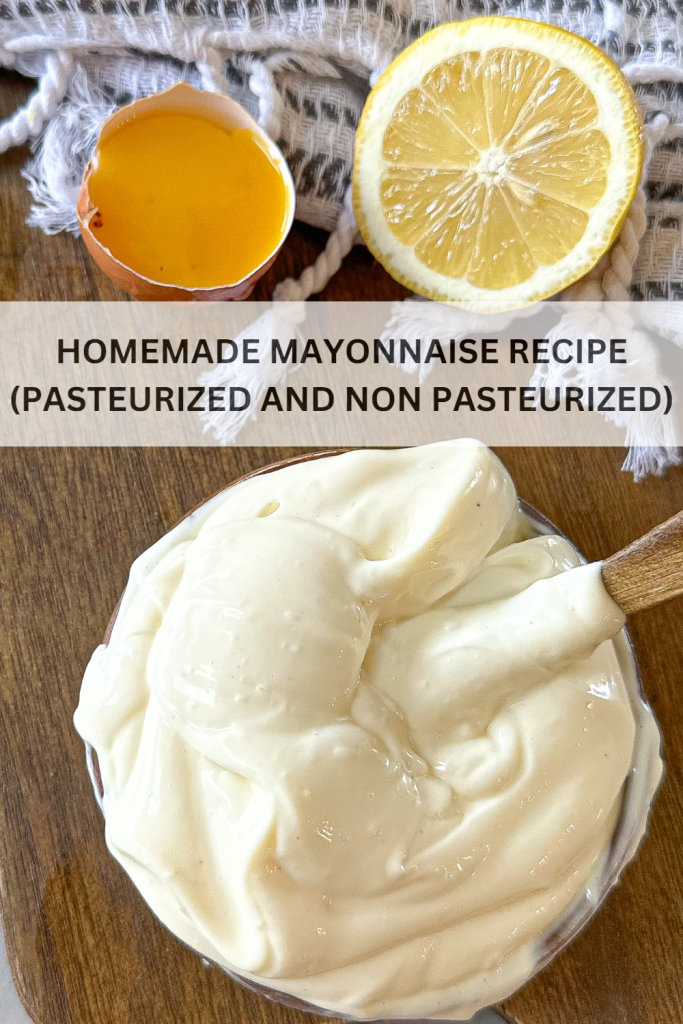
Once I noticed all the ingredients on the back of storebought mayonnaise, I was on a mission to teach myself to make it at home. And I was so surprised to learn that all you need is a jar and an emersion blender to do this. This is the one I use and love!
Frequently Asked Questions
Do I have to use raw eggs to make mayonnaise?
Eggs are essential for making mayonnaise. The risks for using raw eggs are low, but there is a chance that the egg contains a germ called Salmonella.
Personally, I am not too concerned about this, but here’s what the CDC suggests you do to reduce the risks of using eggs:
- Consider buying and using pasteurized eggs
- Keep eggs refrigerated at 40°F (4°C) or colder at all times.
- Only buy eggs from stores and suppliers that keep them refrigerated.
- Discard cracked or dirty eggs.
Can I use olive oil to make mayo?
Yes, but keep in mind that mayonnaise is mostly oil, so a strong or robust flavored oil will make the mayonnaise strong in flavor.
Why is my mayonnaise runny?
To sum up, if mayonnaise doesn’t set or is too runny, there are two main reasons: the ingredients haven’t been properly dosed or cold ingredients have been used. Dont worry! there is a way to fix it. If your mayonnaise is too runny add another egg yolk that is at room temperature and whisk till it becomes thicker.
How long does homemade mayonnaise last?
Here’s the thing, homemade mayo will last as long as your eggs would have lasted.
A good rule of thumb is that mayo will keep covered in the fridge for up to a week, but you might find that it lasts a little longer depending on the freshness of your eggs.
The CDC recommends consuming mayonnaise with raw eggs within 3 days.
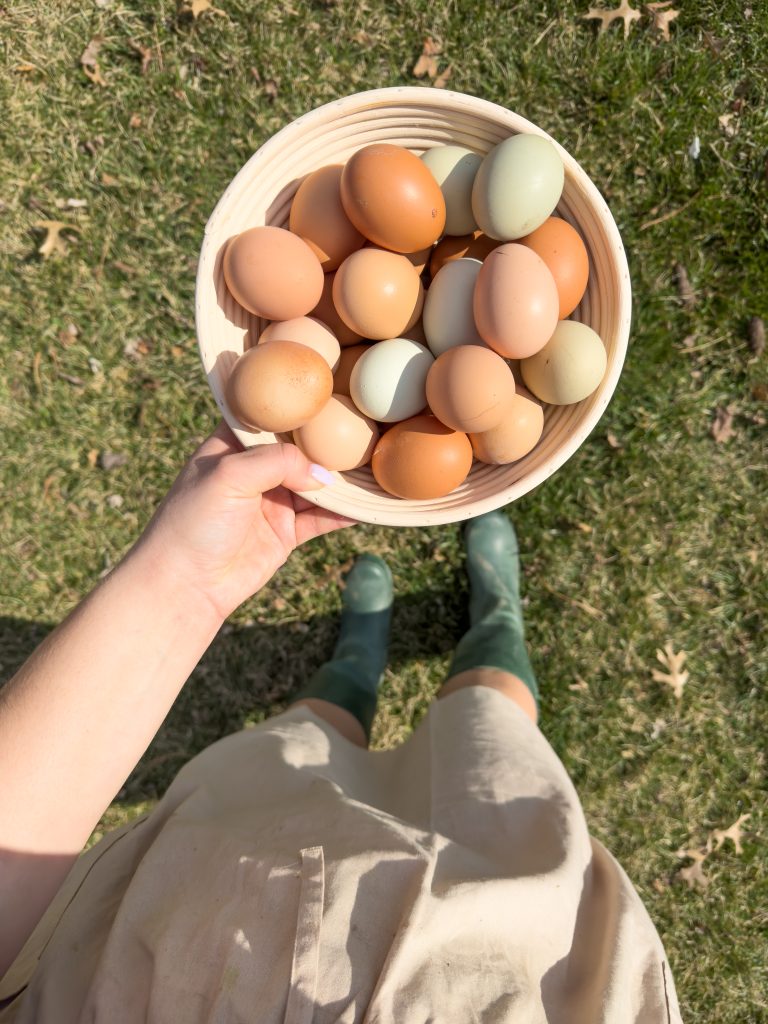
Should you pasteurize the eggs?
This is a personal preference, I do not pasteurize our eggs when I’m making homemade mayonnaise. However, I have made them both ways and it is equally creamy and delicious. Raw eggs may carry salmonella and the process of pasteurization helps to kill those bacteria. Pasteurized eggs have been partially sterilized, eliminating the risk of causing food-borne illness. You can find pasteurized eggs at your grocery store. If your local grocery store doesn’t carry pasteurized eggs, I will walk you through how to do so at home! The process is simple and all you need is a pot, water, and a food thermometer!
homemade french mayonnaise uses raw egg yolk which is the original way of making mayonnaise that originated in France by Duke De Richelieu in 1756.

How to pasteurize eggs
Step 1: Place your eggs into a pot and cover them with water so the water is sitting 2 inches above the eggs. Turn the heat on the stove to medium and place a food thermometer into the water. The thermometer should not be touching the bottom of the pan but it should be measuring the middle of the water.
Step 2: The thermometer needs to hit 140 degrees then you start your timer for 3-4 minutes. Lower the heat once the thermometer starts to get closer to 140. You want to keep the heat consistent for 3-4 minutes. /if the heat rises more than 141 the egg will begin to cook instead of pasteurizing
Maintain that temperature for at least 3 minutes (3.5 minutes to be extra safe) either by lowering the heat slightly or adding a little cold water. You don’t want the temperature to go above 142ºF/61ºC; otherwise, the egg will begin to cook.
To pasteurize an egg, the yolk must reach an internal temperature of 138ºF the eggs will not cook, as long as you watch the temperature carefully. The pasteurized eggs will still have the consistency of raw eggs and can be stored in the refrigerator after pasteurization.

Step 3: Place the eggs into an ice bath to cool down the pasteurized eggs.
Ice bath: you can use either a bowl filled with cold water and ice or just ice water. This is important for cooling down the eggs so that you don’t ACTUALLY cook them accidentally.
The risk of getting salmonella from a raw egg is about 1 in 20,000.
This is not a 100% guaranteed way of removing all risks of pathogens, but if done properly it does reduce the risks greatly.
Tools you will need to make homemade mayonnaise recipe ( Pasteurized and non Pasteurized)
- Kitchen Thermometer: it is important to use a thermometer to ensure the eggs reach the correct temperature without accidentally cooking.
- Pot with water: you’ll need a saucepan large enough to fit all the eggs you need to pasteurize, plus an extra inch of water.
- Emersion blender or a food processor: this makes the whole process of mayonnaise so easy! but you can whisk it by hand
- Tall glass jar with a wide mouth: mix the mayonnaise in
- Air-tight jar: To store your homemade mayonnaise ( Pasteurized and non Pasteurized) in the fridge
Room-temperature ingredients are best when making mayonnaise at home. If you’re not able to wait for the egg to come to room temperature, submerge it in lukewarm (not hot) water for a couple of minutes.
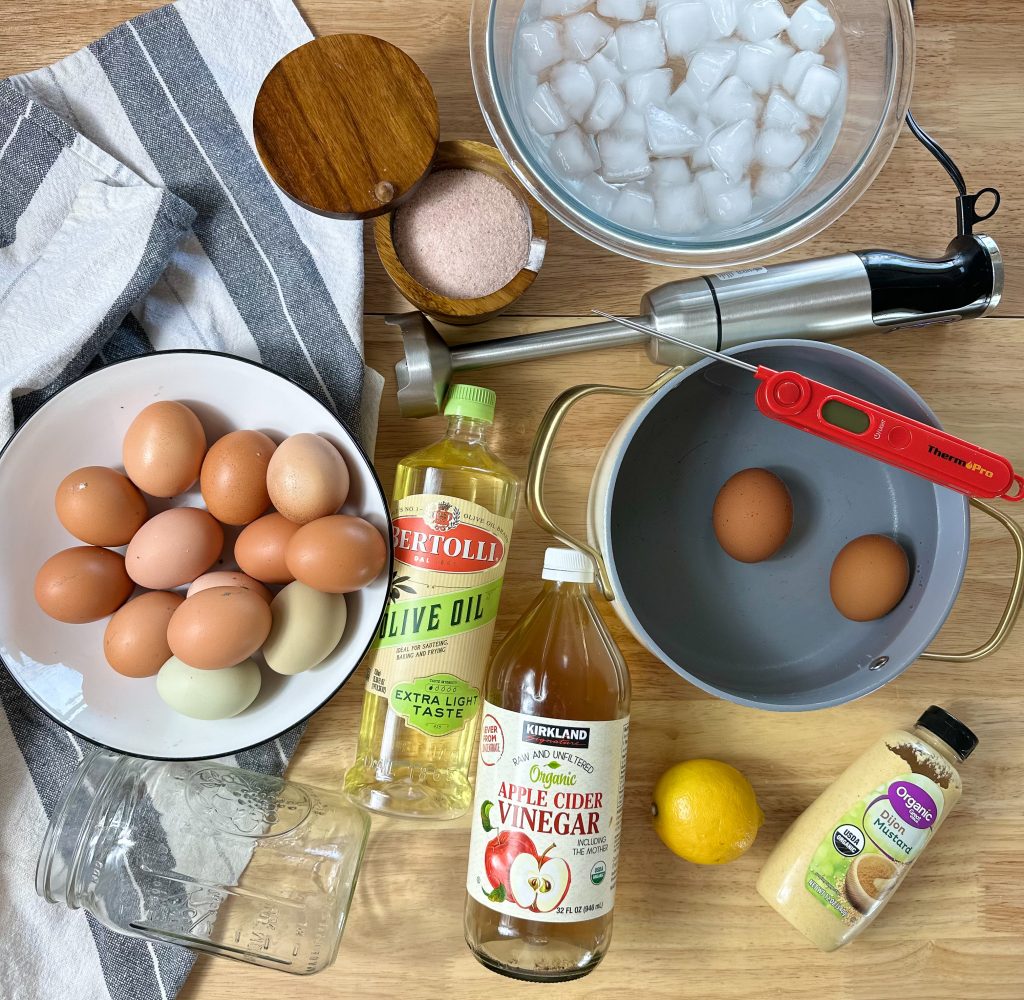
Ingredients to make Homemade mayonnaise recipe (Pasteurized and non Pasteurized)
- 2 room temperature eggs– pasteurized or non-pasteurized. this recipe uses whole eggs instead of just the yolks so you can skip separating the eggs.
- 2 cups neutral oil-extra light olive oil, avocado oil, sunflower oil, grape seed oil, or rapeseed oil ( You can use olive oil, but it can be a little overpowering so I prefer to use a brand that’s light)
- 1/2 teaspoon salt
- 1 teaspoon Dijon mustard
- 1/2 tablespoon lemon juice
1/4 teaspoon apple cider vinegar- or white wine vinegar
This is a basic homemade mayonnaise recipe (pasteurized and non Pasteurized) the possibilities here and endless! you can add any herbs, paprika extract to add spice, or roasted garlic to make many aiolis and dips! Once you make homemade mayonnaise you will never go back to a store-bought version.
To make homemade mayonnaise recipe (pasteurized and non Pasteurized)
To a tall glass add all the ingredients except the oil then place your emersion blender on the bottom and blend the ingredients for 10 seconds then in a slow steady stream (Adding the oil slowly is really important. If you were to dump it all in at once, you’d end up having a mayonnaise soup!)

drizzle in the oil while the emersion blender is on and slowly bring upon the blender to help the oil incorporate. The mixture will quickly thicken up and you have yourself homemade mayonnaise (pasteurized and non-pasteurized) If the mayonnaise ends up being a little too thick, you can add a little water (1 tsp at a time) to get the consistency you like.
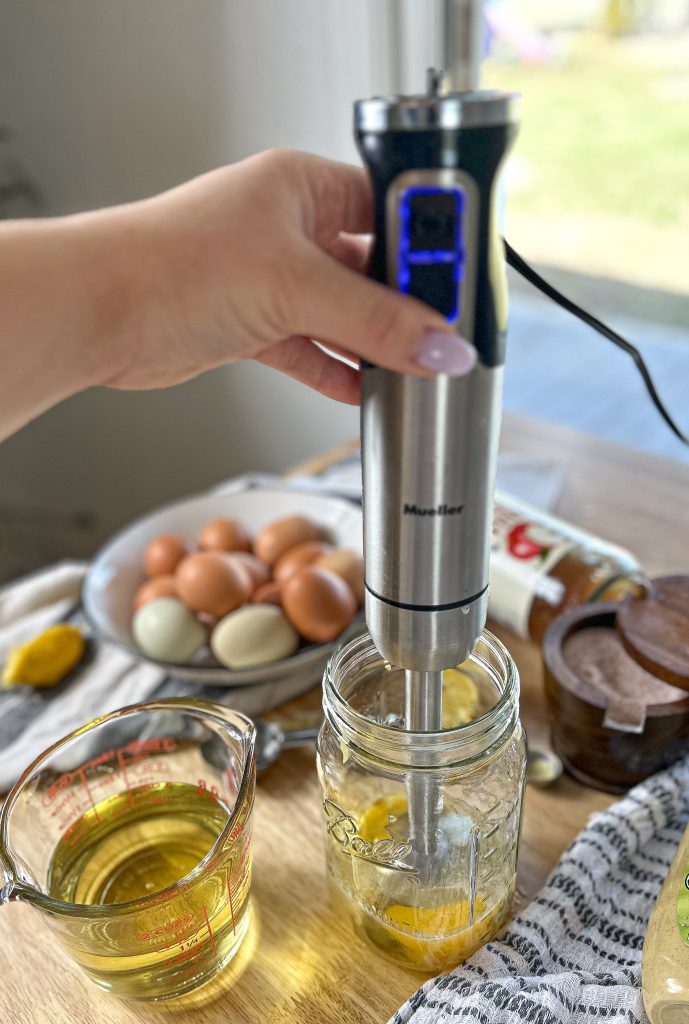
Taste the mayonnaise and adjust with additional salt and vinegar or lemon juice.
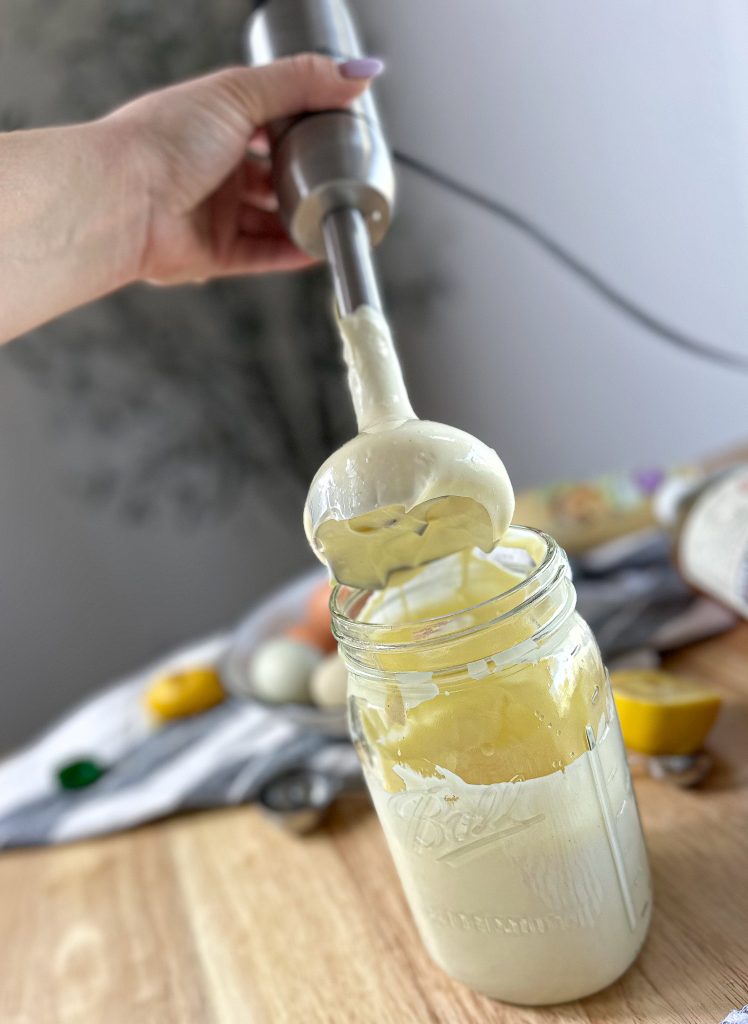
Use homemade mayonnaise on sandwiches with cold meats, potato salad, cauliflower and crab salad, sprats sandwich with fresh cucumber, chicken sandwich melts,or creamy ranch chicken casserole

HOMEMADE MAYONNAISE RECIPE (PASTEURIZED AND NON PASTEURIZED)
Equipment
- pot
- food thermometer
- Emersion blender
Ingredients
- 2 room temperature eggs pasteurized or non pasteruized
- 2 cups neutral oil-extra light olive oil, avocado oil, sunflower oil, or grape seed oil,
- 1/2 tsp salt
- 1 tsp Dijon mustard
- 1/2 tbl lemon juice
- 1/4 tsp apple cider vinegar
Instructions
- To a tall glass add all the ingredients except the oil then place your emersion blender on the bottom and blend the ingredients for 10 seconds then in a slow steady stream (Adding the oil slowly is really important. If you were to dump it all in at once, you’d end up having a mayonnaise soup!)

- drizzle in the oil while the emersion blender is on and slowly bring upon the blender to help the oil incorporate. The mixture will quickly thicken up and you have yourself homemade mayonnaise (pasteurized and non-pasteurized) If the mayonnaise ends up being a little too thick, you can add a little water (1 tsp at a time) to get the consistency you like.

- Taste the mayonnaise and adjust with additional salt and vinegar or lemon juice.

Notes
- Serbian potato moussaka
- same-day sourdough sandwich bread
- Sourdough discard lemon bars
- Russian Stew (Zharkoye)
- Strawberry white chocolate sourdough bread
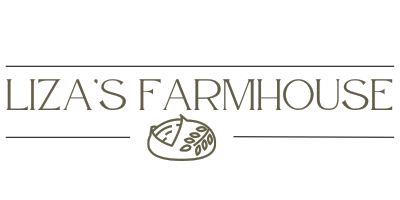
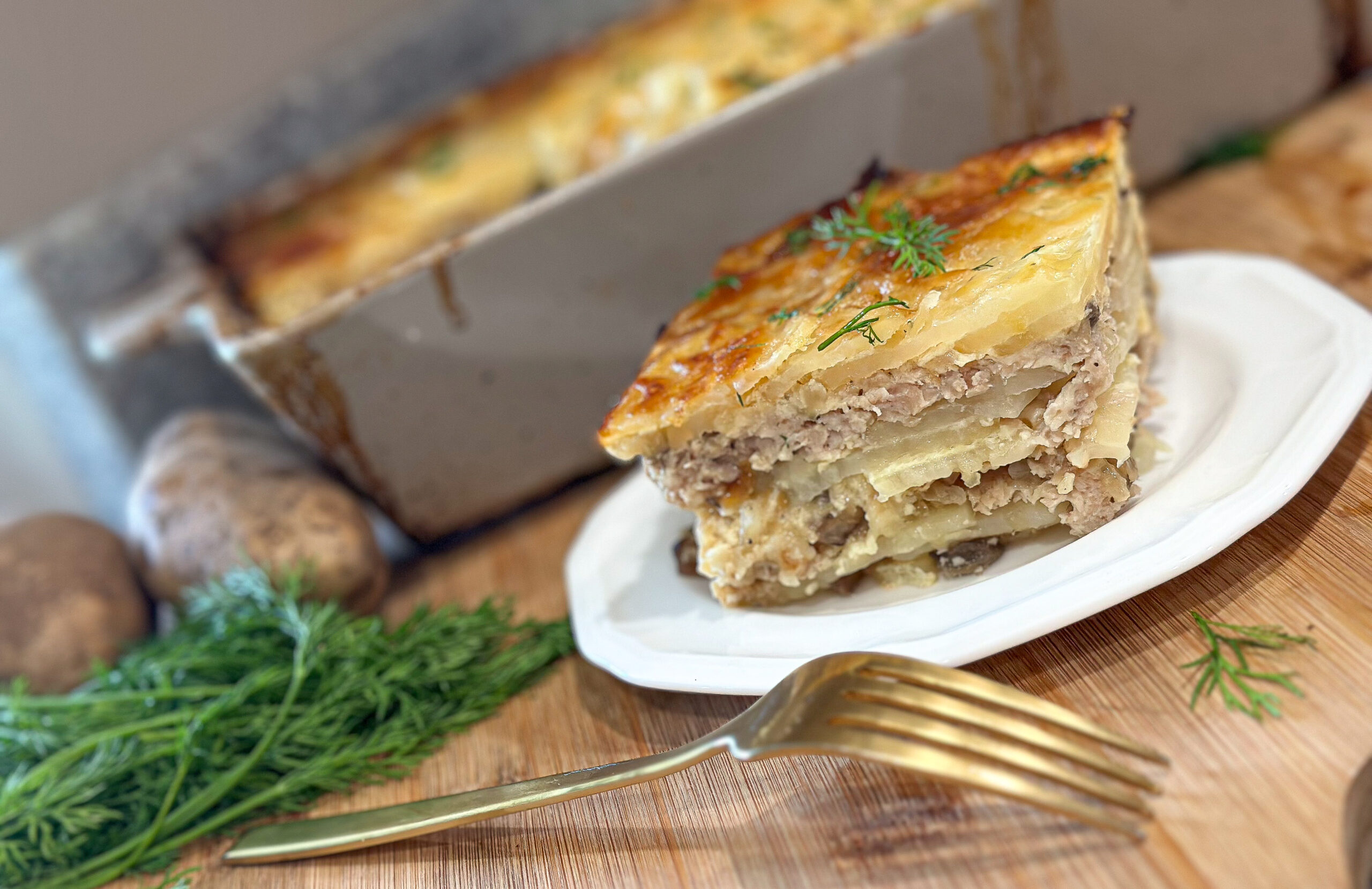

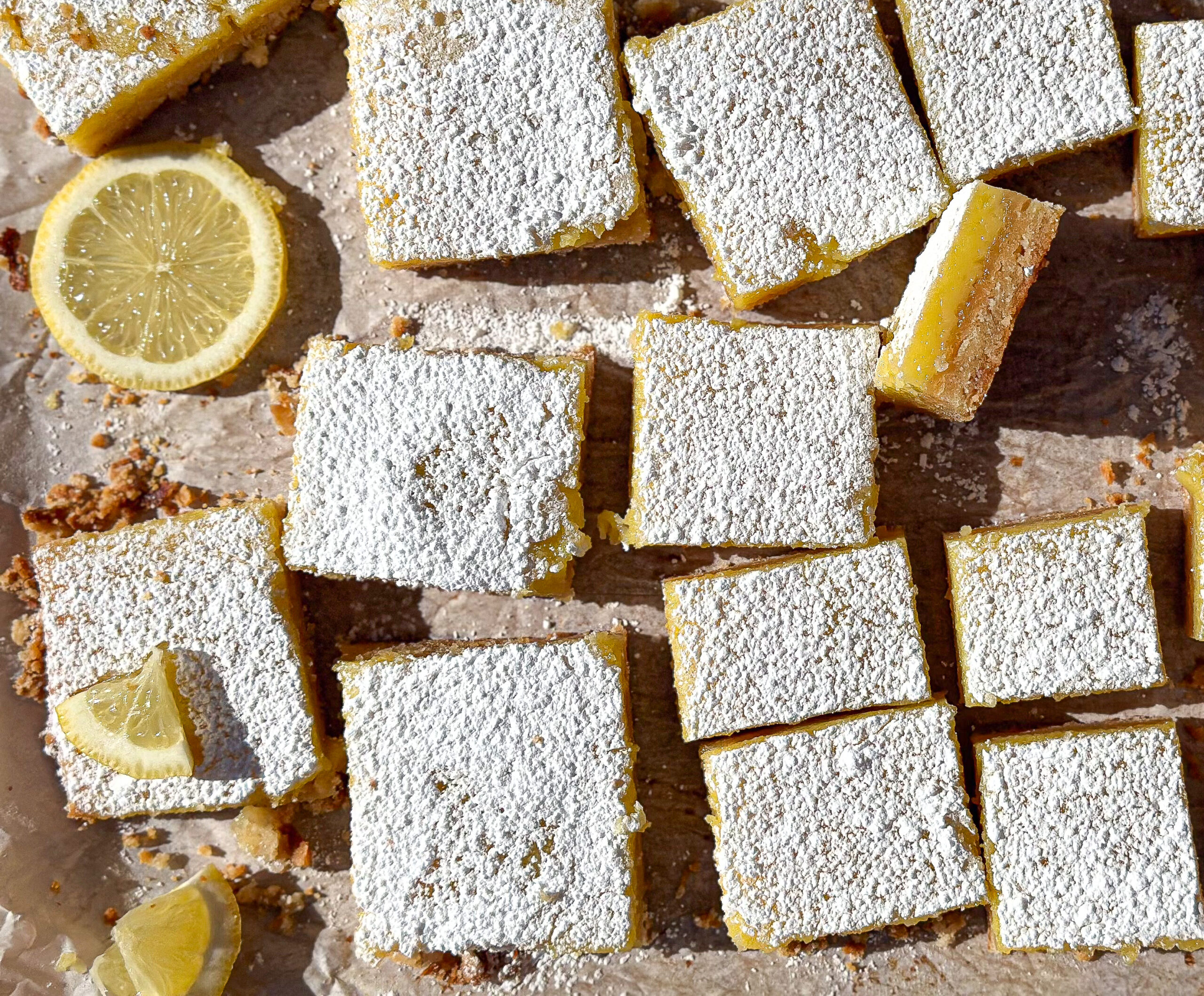
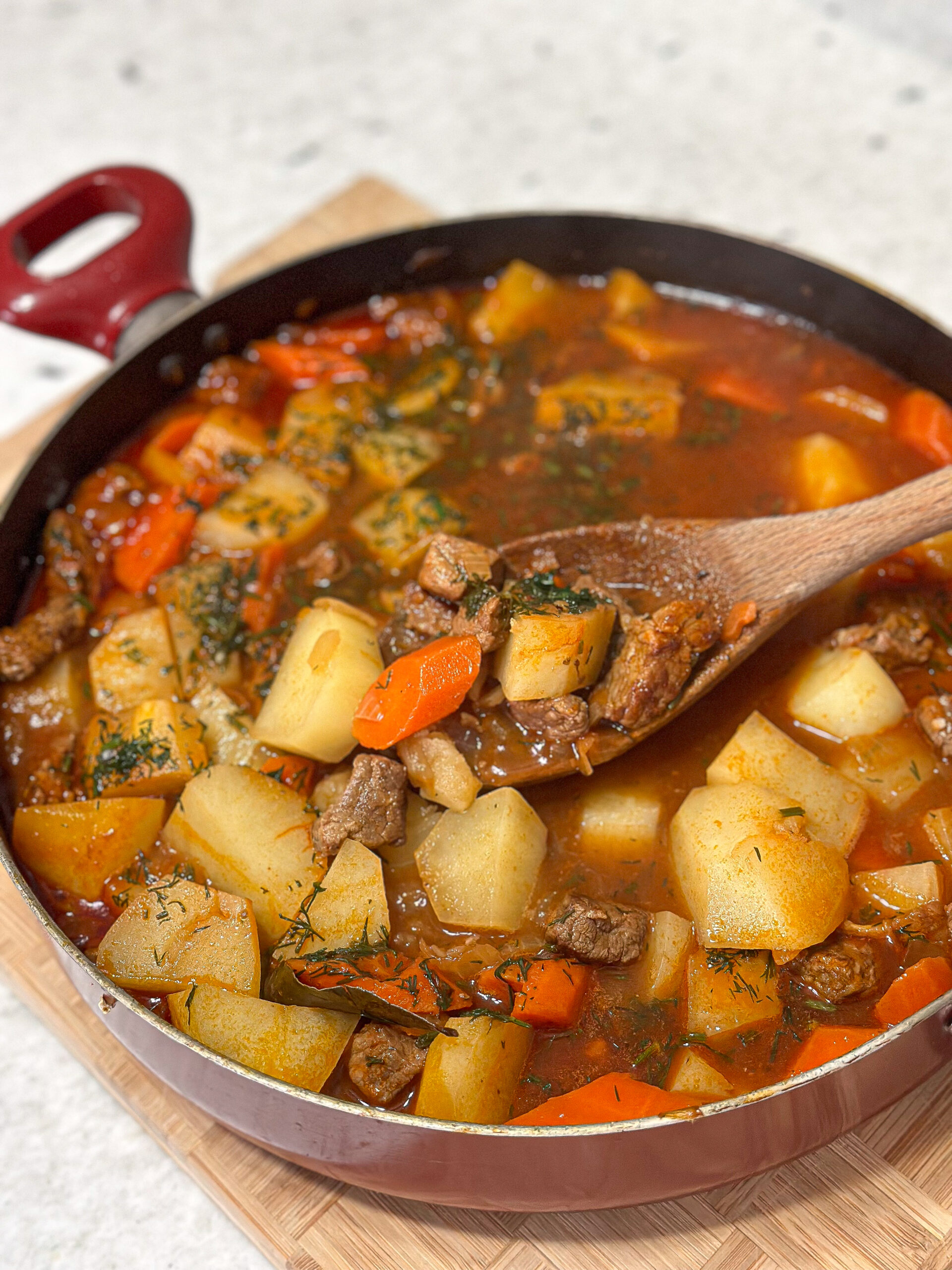
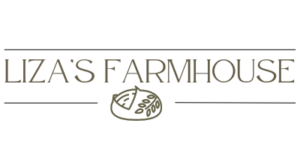

Reader Interactions